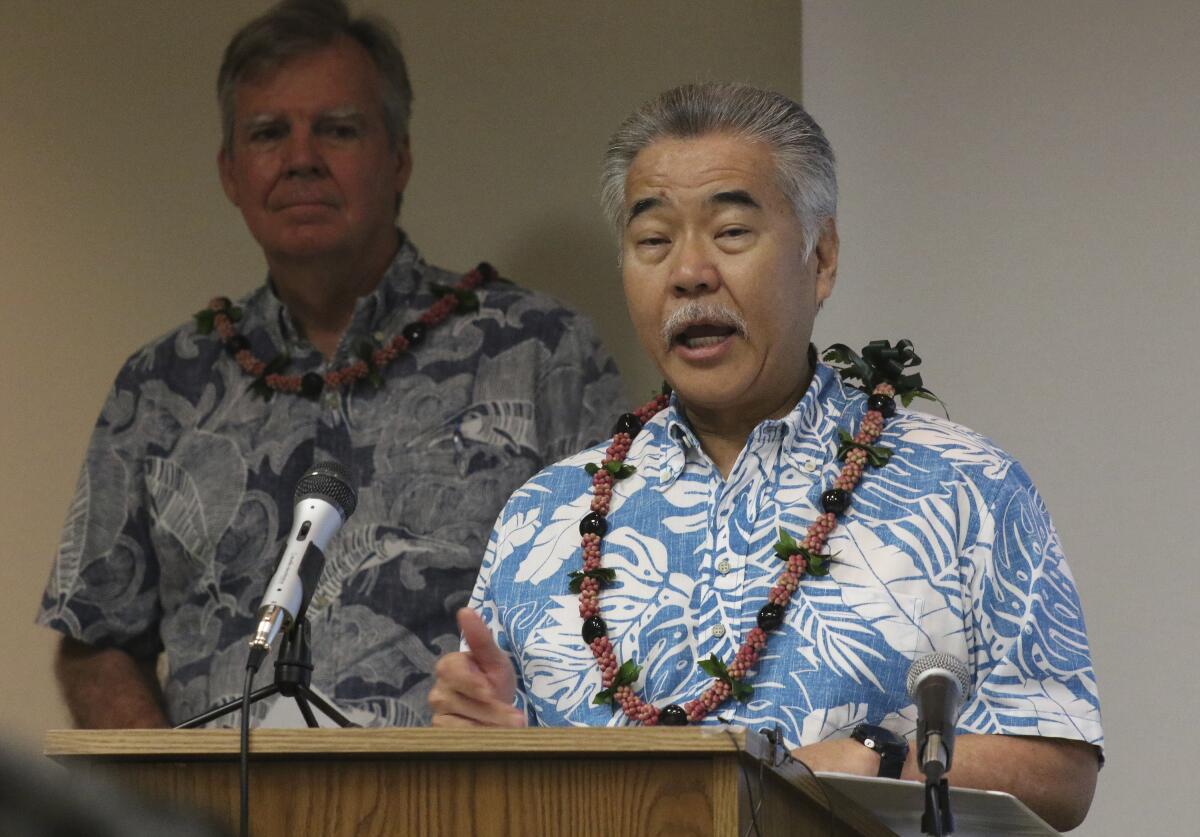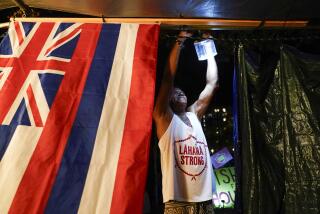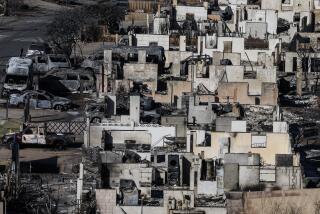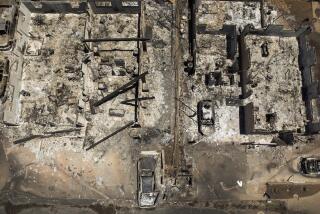Hawaii delays quarantine waiver, cites mainland outbreaks

HONOLULU â Hawaiiâs governor said Monday he will wait another month to waive a 14-day quarantine requirement for out-of-state travelers who test negative for COVID-19, citing increasing virus cases in Hawaii, âuncontrolledâ outbreaks in several U.S. mainland states and a shortage of testing supplies.
The testing plan, as announced last month, was scheduled to take effect on Aug. 1. Itâs now postponed to Sept. 1.
Many in Hawaiiâs business community had been looking forward to the testing program as it would make it easier for tourists to visit and potentially boost the economy. The quarantine requirement has virtually shut down tourism to the state since it took effect in late March. Hotels have closed and the unemployment rate stands at 22.6%, the second highest in the nation.
Gov. David Ige said at a news conference that he and the stateâs mayors, whom he consulted, understood the gravity of the choices they were presented with. On the one hand, he said, Hawaii could have an uncontrolled surge of COVID-19 if it reopened. On the other, delaying the traveler testing program would risk further economic damage.
âI know that this increases the burden on businesses here in the islands, especially small businesses. But we do believe that it is time to continue to protect the health and safety of our community,â Ige said at a news conference.
One challenge is that Hawaiiâs plan would require travelers to test negative for the disease within 72 hours before they arrive in the state. Those whose test results were not ready upon landing would have to wait in quarantine.
In Alaska and around Europe, airport coronavirus testing is taking wing.
But the surge in cases on the U.S. mainland has made it harder for people in many states to get tested.
Then, one of Hawaiiâs major testing laboratories learned the company that supplies its testing reagents would reduce its allocation for the lab because of high demand amid coronavirus surges in other states. This move reduced Hawaiiâs overall testing capacity about 15% to 20%
Losing this capacity would make it more difficult for Hawaii to control the diseaseâs spread, Ige said.
Another difficulty is Hawaii public schools are scheduled to open in early August, which may trigger an increase in cases at the same time as the traveler testing program was due to begin.
Last week, Honolulu Mayor Kirk Caldwell said moving ahead with the traveler testing program would be unsafe under current conditions. The Honolulu City Council last week passed a resolution urging the governor to consider delaying the plan until the rate of new coronavirus cases on the U.S. mainland and in Hawaii drops significantly.
Christ Tatum, the CEO of the Hawaii Tourism Authority, a quasi-state agency that promotes and manages travel to Hawaii, said his organization would keep the industry apprised of the testing process once the state sends the requirements.
âWe want to welcome back our visitors once our state is ready to do so in a safe manner that will hopefully avoid the need to backtrack in the future,â Tatum said in a statement.
For most people, the new coronavirus causes mild or moderate symptoms, such as fever and cough that clear up in two to three weeks. For some, especially older adults and people with existing health problems, it can cause more severe illness, including pneumonia and death.
More to Read
Sign up for Essential California
The most important California stories and recommendations in your inbox every morning.
You may occasionally receive promotional content from the Los Angeles Times.









